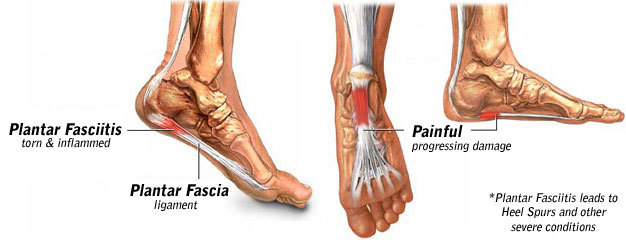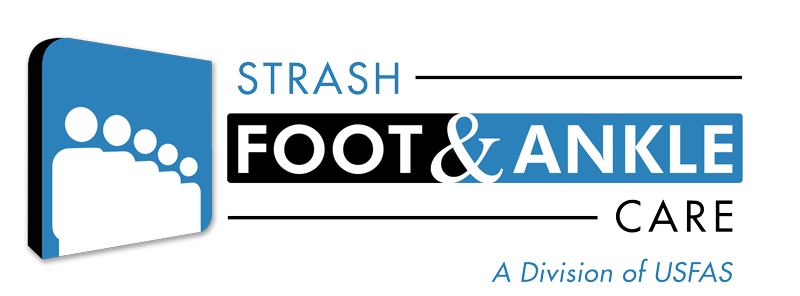
10 Sep The Ligament That Always Puts In Overtime: Your Plantar Fascia
If you run, hike, jog, stand – really, if you do anything that impacts your feet on a regular basis – you may be experiencing constant pain on the bottom of your feet, right above your heel. You may not know what the cause of the pain is, but man, it hurts, it won’t go away – and you have no idea what to do.
Well, you may be suffering from something called plantar fasciitis. Plantar fasciitis is an extremely common and extremely persistent type of repetitive strain injury that causes terrible and sometimes debilitating foot arch and heel pain.
So, what exactly is this condition and why is it called plantar fasciitis? Great question! Plantar fasciitis gets its namesake from your plantar fascia, a ligament located at the bottom of your feet.
Think of your plantar fascia as the ligament that goes above and beyond, putting in A LOT of overtime. Think about it, it literally bears your body weight, basically keeping the small muscles of the foot in a compact, neat little package beneath your foot when you use your full body weight to run, walk – even stand. I can’t tell you how many patients I treat for plantar fasciitis are people who work on their feet all day – from nurses to cashiers – and this repetitive strain can wreak havoc on your plantar fascia, causing often extreme pain.
Now, for the vast majority of my patients, conservative treatment can eliminate their pain. But, it’s important to realize this does not happen overnight and treatment is NOT one size fits all. In my vast years of experience, the cookie-cutter approach never works and that’s why I tailor treatment to each of my patients, taking into account lifestyle, health and work environment.
Below are a few treatment options I offer to my patients:
Anti-inflammatory Medication
Also known as NSAID’s, this class of drugs helps to decrease the inflammatory process which maybe occurring around the damaged plantar fascia. These medications should only be used for very short periods of time and the risks versus the benefits must be weighed with each individual patient as serious complications may occur using this class of medicine.
Stretching
In my experience, stretching is by far the most important part to get plantar fasciitis under control. Stretching should be performed regularly and skipping this step – relying only on medications – is a bad move, and will not result in a long-term resolution.
Injections
Sometimes injections into the plantar fascia provides potent anti-inflammatory action. I typically use injections for moderate to severe cases. Once I treat you and determine other forms of treatment aren’t effective, I usually begin injection therapy.
Arch Supports
These devices help to support the arch and take pressure off the plantar fascia. They are placed in shoe gear and can help prevent recurrence of the condition. Both podiatrists prescribed custom molded orthotics and over-the-counter devices can be effective, but it’s important to know which ones will work best for you.
Shoes
Yes, if you’re an avid reader of my blog, you know I am fanatical about proper shoes. Proper fitting and supporting shoe gear is critical is alleviating heel pain. Sometimes I even place my patients in athletic shoes that offer proper support for long periods of time. These styles allow more support to the arch and heel, creating a favorable environment for recovery. Another pro tip: Do NOT use flats while trying to recover from plantar fasciitis – the arch support is terrible and non-existent.
Surgery
Finally, if conservative treatment isn’t effective, surgery may be needed. While there are many different types of surgery to treat plantar fasciitis, I prefer and recommend the endoscopic plantar fasciectomy (EPF) procedure. The EPF procedure has a good success rate with my patients. I was also the first to use a state-of-the-art, non-invasive treatment for heel pain called extracorporeal shock wave treatment (ESWT) back in 2001. Patients receiving this treatment are amazed at how effective it is for reducing heel pain.
So, if you feel like the weight of the world is bearing down on you, think of your poor plantar fasciitis – and the feats that little guy has to do to keep you physically on your feet! If you’re experiencing pain in your heel, give me a call – there’s absolutely no reason in this day and age to live in pain, especially when that pain is in an area that’s supposed to keep you moving. At Strash Foot & Ankle Care Center, my main priority is to help you put your best foot forward, again!

